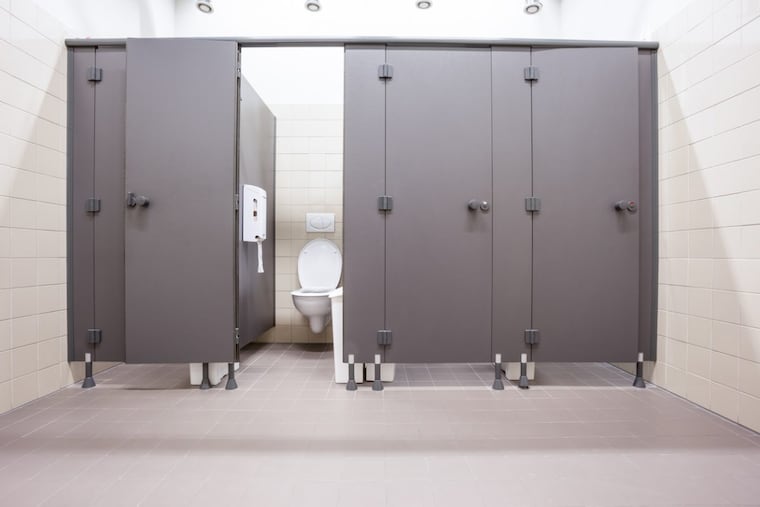Q&A: Lifestyle changes to help with incontinence
It’s often an embarrassing topic for people to talk about with their primary care doctor, so it’s not commonly brought up with many physicians.

Q: What lifestyle changes can I make to help with incontinence?
A: According to the American Urology Association, millions of Americans are affected by urinary incontinence. It’s often an embarrassing topic for people to talk about with their primary-care doctor, so it’s not commonly brought up with many physicians. Fortunately, there are many different behavioral and lifestyle modifications that can help with treatment of urinary incontinence.
For example, if you are overweight, weight loss can help. Not only does losing weight help relieve urine leakage, it also helps to manage other chronic conditions that also contribute to urinary incontinence, such as diabetes and high blood pressure.
It is also important to drink fluids in moderation. Not drinking enough water can lead to urine concentrate, which irritates the bladder and can cause leakage. But drinking too much water can create the urgency to urinate more often. It's important to limit your intake of caffeine, carbonated drinks and alcohol, which can exacerbate leakage. It is also recommended to stop drinking liquids three to four hours before sleep to prevent you from waking up in the middle of the night to urinate.
Addressing constipation is another way to prevent urinary leakage. When constipated, the large bowel pushes on the urethra, preventing adequate urination and leading to leakage instead of full urine output. Therefore, it is important to eat a diet rich in fiber — aim for 25 to 30 grams daily. High-fiber foods include oatmeal, lentils, kidney beans, prunes, and lima beans.
Bladder training allows you to go to the bathroom less frequently by “training” your bladder to empty at a time that is most convenient for you. The process works by gradually increasing the amount of urine you can comfortably hold. Start by creating a schedule for your bathroom breaks that works for you. Make sure you empty your bladder first thing in the morning after you wake up, then throughout the day, if you feel the urge to go before your scheduled time, hold it by distracting or relaxing yourself. For example, focus on deep breathing or distract your attention by talking to someone. When you feel in control, you can use the restroom.
Women can also try Kegel exercises, which increase the strength of the muscles involved in controlling urinary leakage. To start, imagine that you are lifting a marble from a chair by contracting your vaginal muscles. Hold this contraction for 10 seconds, then relax. At first it may be difficult to hold that position for more than a second, but it will become easier the more you train. Continue this practice for 15 to 20 weeks, gradually holding the contraction for longer periods of time to see a noticeable change in urinary leakage.
Although it can be very embarrassing, there are many different ways to help prevent urinary leakage that can be done at home without medications. Keep in mind that you may have to try more than one approach before you find the one that best suits your needs.
If lifestyle modifications don’t help, talk to your doctor about other treatment options such as medications or surgery.
Preya Patel is a family medicine resident at Jefferson Health Northeast.